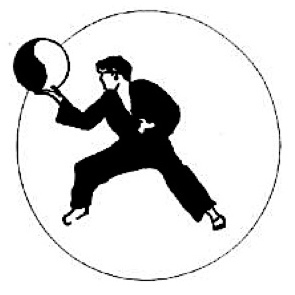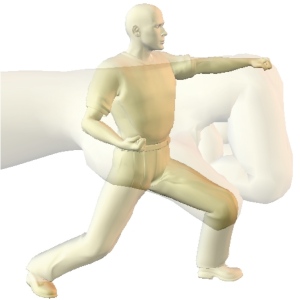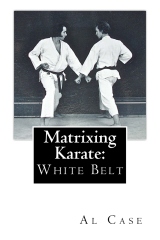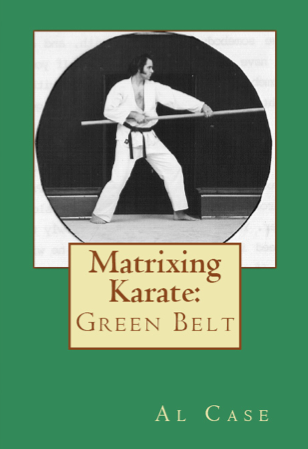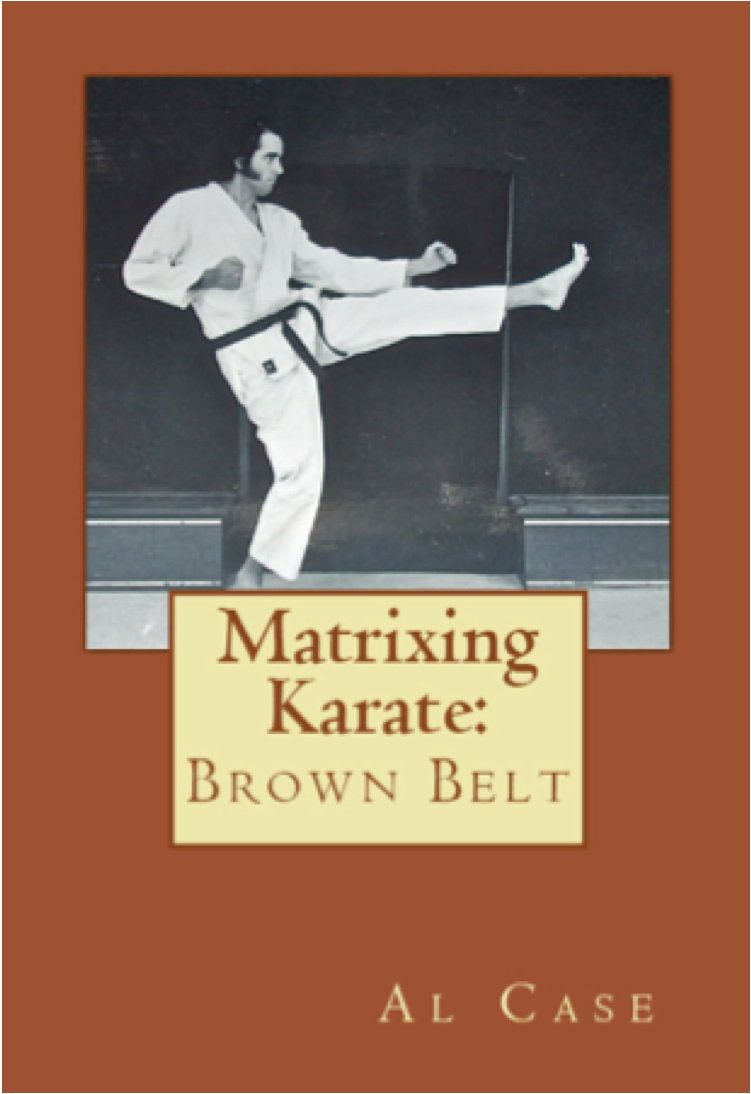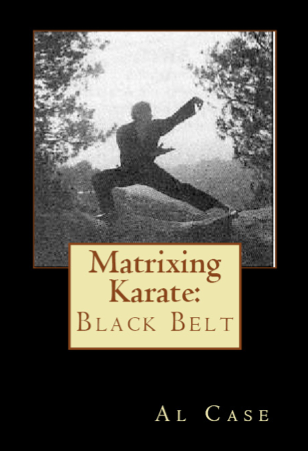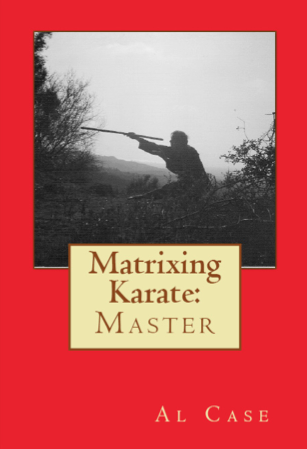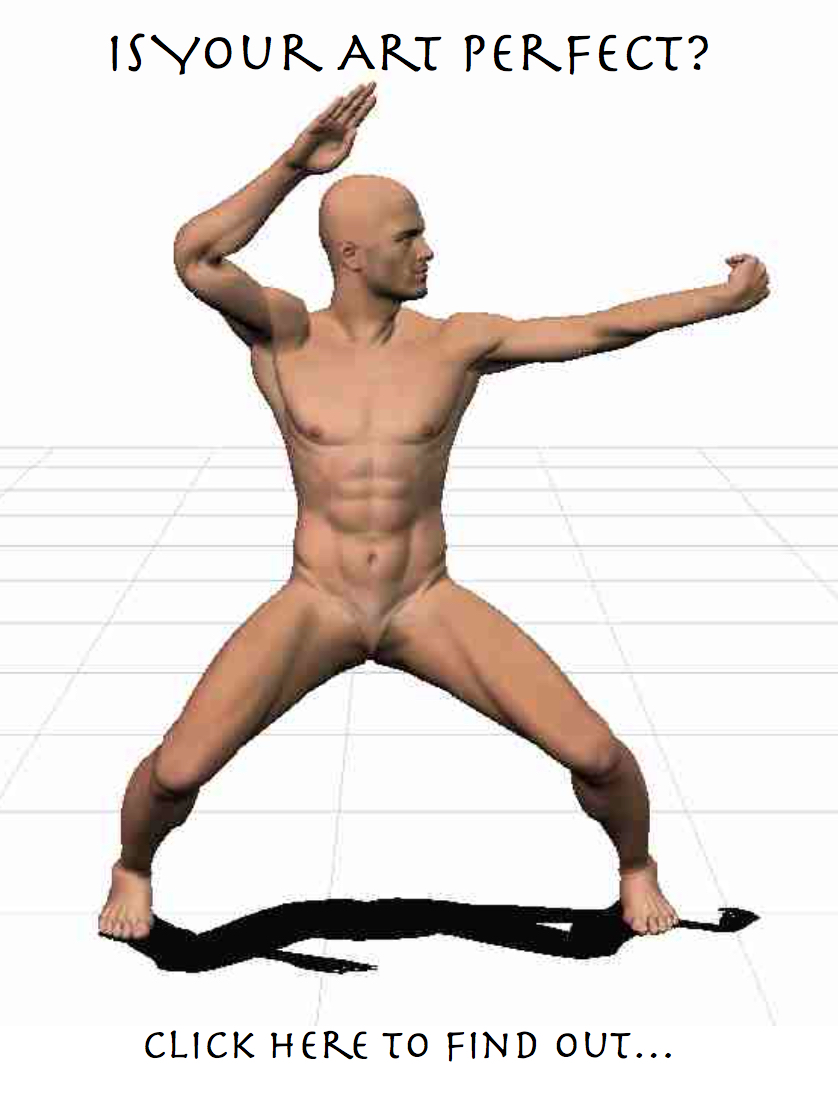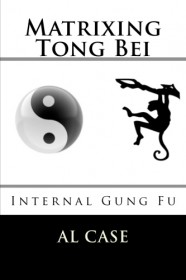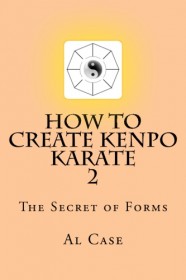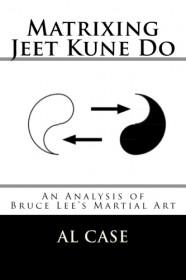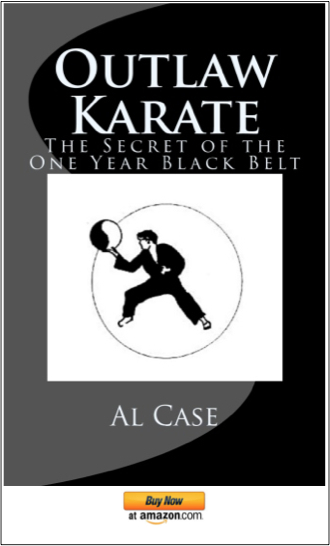The thing to be understood, in this question of how long does it take to get a black belt in Karate (or in any martial art), is that the answer is coming from someone who wants to take your money. Thus, the dojo owner, without blinking, says four or five years. This is an incorrect answer, an inflated answer, and the real answer is quite different.
There are two prime factors you should take into account when it comes to black belt certification. First, the longer an art is, the harder it is to learn. Second, the more complex an art is, the more difficult it is to apply.
Obviously, if you have to commit large numbers of forms and techniques and such to memory, it will take time. But what happens when somebody is jumped on the street? A well placed kick to the apples is the solution, or a punch in the throat saves your life, or something equally simple.
And, if you memorize hundreds of techniques, you have to select from hundreds of techniques, and who has the time for that? After all, most attacks are simple…a grab or a punch. And most defenses should be equally simple if they are going to stand a chance of working.
One should immerse themselves in basics, for basics are the key to everything. And one should have a good knowledge of the body, for it is the body you are using, and it a body that you are working your martial arts on. Thus, while I recommend reducing systems to a few core techniques, I don’t recommend putting aside Karate (or Taekwondo or Aikido or whatever); I do recommend finding a system that is condensed and efficient and has simplicity as its catchword.
Really, to get the best out of karate training or Kung Fu training, or any fighting method, one should look to the original moves of the system before it was added to. Pan Gai Noon, an early karate style, had three kata, and Tai Chi Chuan has one (yes, it is long) form. Thus, find the basic moves that work in a real fight, find a few tricks to handle any ‘what if’ possibilities, and practice those until they come out of your ears.
The point is that if you wish to earn black belt certification, in Karate or any martial art, go back through the history of your style and find out what the basic kata were. Isolate the techniques that worked before anything else was added. See if there is a core concept from which the system is constructed, and work on that.
How long does it take to get a Black Belt in Karate? Honestly, if you dedicate yourself to focusing on the basic concepts of an art, it should only take a few months. There may be a few who object to this, but they are arguing only because they wish to make money off you, or because they bought into the four or five year program and don’t want to admit the truth of my words here.
Learn Karate fast! Head on over over to Learn Karate Online and get started now! Take a free sample lesson!

